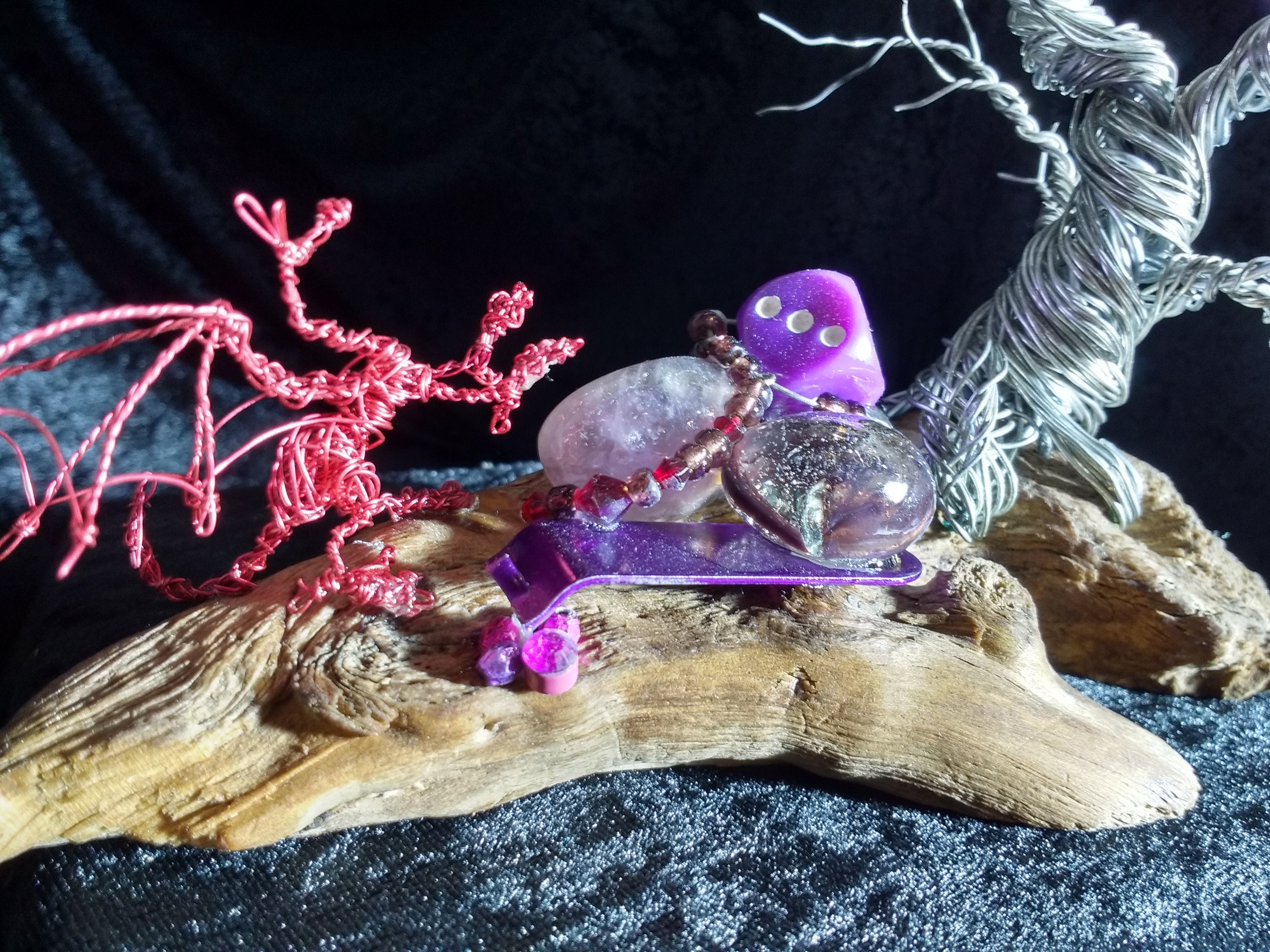
The Ancient Romans used the Dragon Blood not only for its medicinal benefits but also for trading. In the Arabian Sea, the Island Socotra is located. When placing a tap inside the tree, damages it, making it weak, and it might eventually even kill it. Even though this is the easiest way of extracting the red- resin, it does come with a consequence. Most commonly, the extraction is done by placing a tap inside the trunk and catching the sap that comes out. When a trunk Is wounded, the red-latex comes out. The red resin gets extracted out of the trunk of the tree. For example, in Peru, it is called a Sangro de Grado, and in Costa Rica, they call it the Targua.

Different places in South America give this healing tree various names. This species grows in South America and gets used by the Indigenous. There are three very popular trees when it comes to harvesting dragon Blood for its health benefits. Below we will dive deeper into the three species, what their benefits are and how they got traditionally used. In Asia, dragon blood comes from a Palm (Daemonorops) However, the resin coming from these various species does have similar properties.ĭragon’s Blood Tree Species and Their Extraction Methods In South America, they use the Croton Lechleri, which is the most commercialized. In images, you will often see a very particular tree (the Dracaena Cinnabari) that grows on the island of Socotra (Yemen) which is more harder to find. In other words, the Dragon Blood might be red, but it is a golden liquid! Want to know more? Keep reading! Where Does Dragon Blood Come From?ĭragon Blood is a red resin that can come from multiple tree species. Over time, the use of resin has evolved from being used for ceremonies to putting in cosmetics. These plant species are found in other parts of the world, known by different names. They have discovered all the many benefits that it contains. Nowadays, scientists have studied the Dragon Blood from different plant species. It has anti-inflammatory, antioxidant, and astringent properties used to treat wounds, diarrhea, insect bites, tumors, infections, and more.ĭragon Blood has been used over centuries by many different tribes. This nature’s given product has many benefits when used internally and externally. Dragon Blood is a good thing!ĭifferent tree species contain a red resin, also known as Dragons Blood. Sadly, while the trees are no longer cut for any use, there are almost no new trees on the island, as feral goats have destroyed almost every young sampling.Do you check what goes into the medicine you take? Do you read the label on your cosmetic products? Most of us don’t, and the funny thing about that is that you have probably eaten or used Dragon Blood without even knowing it. They are very otherworldly, standing on tabletop mountains in Socotra’s heartland like giant umbrellas. The bizarre trees are somewhat reminiscent of the Joshua trees in California or the Kokerboom trees in Namibia, but both the latter are actually aloes, while the dragon blood tree is completely different and unique. The trees have been known for centuries and used by people for the sap and coloring, they are not remnants of ancient dragon blood tree forests. The trees are very slow growing and can only be found on the limestone and granite highlands at elevation above 2000 feet, the name “dragon blood” coming from the red sap of the trees.

Just imagine driving up into the island’s central highlands and seeing your first mystic dragon blood tree! The dragon blood tree or Dracaena cinnabari in Latin, is a tree endemic to Socotra island and found nowhere else on Earth. The war in Yemen has prevented this for many years, but it finally became possible. When I first saw the pictures of the dragon blood trees in Socotra, I immediately knew I needed to come to this amazing island.


 0 kommentar(er)
0 kommentar(er)
